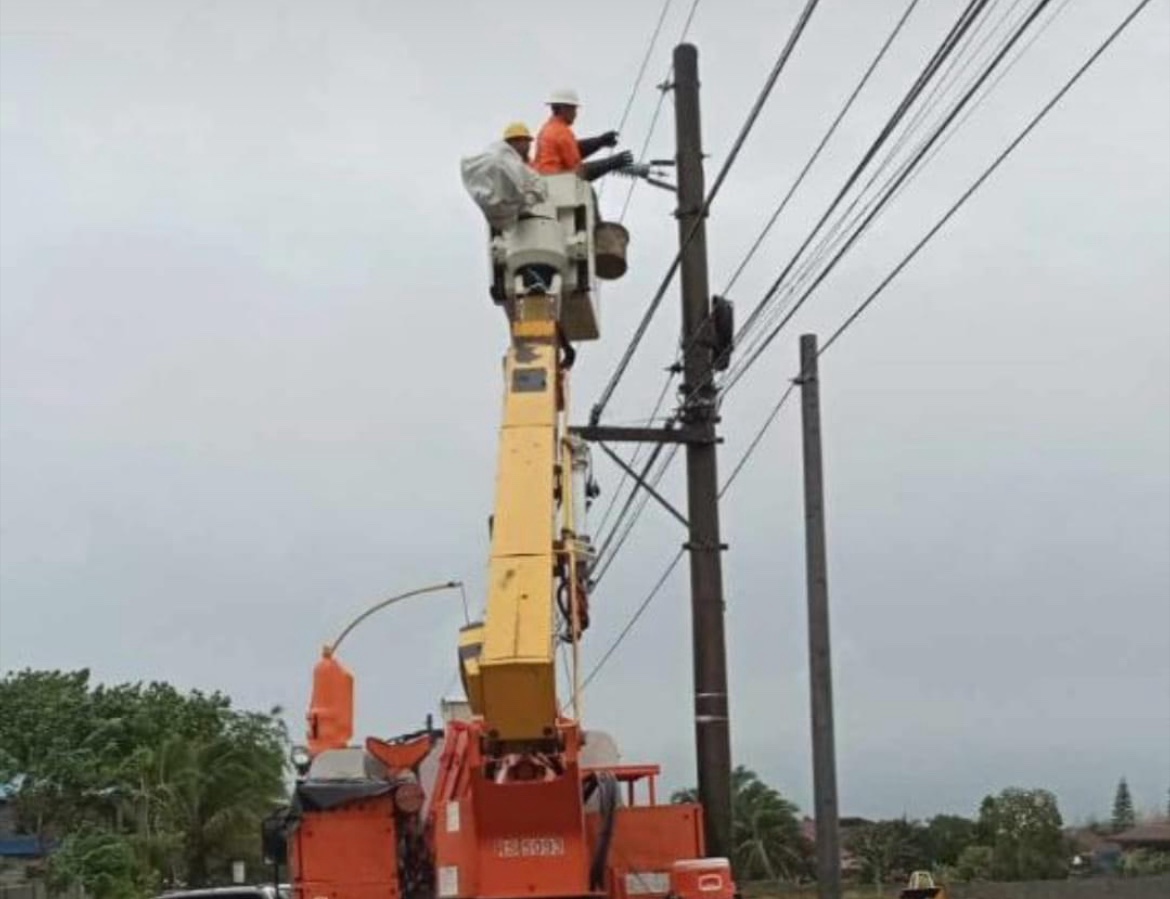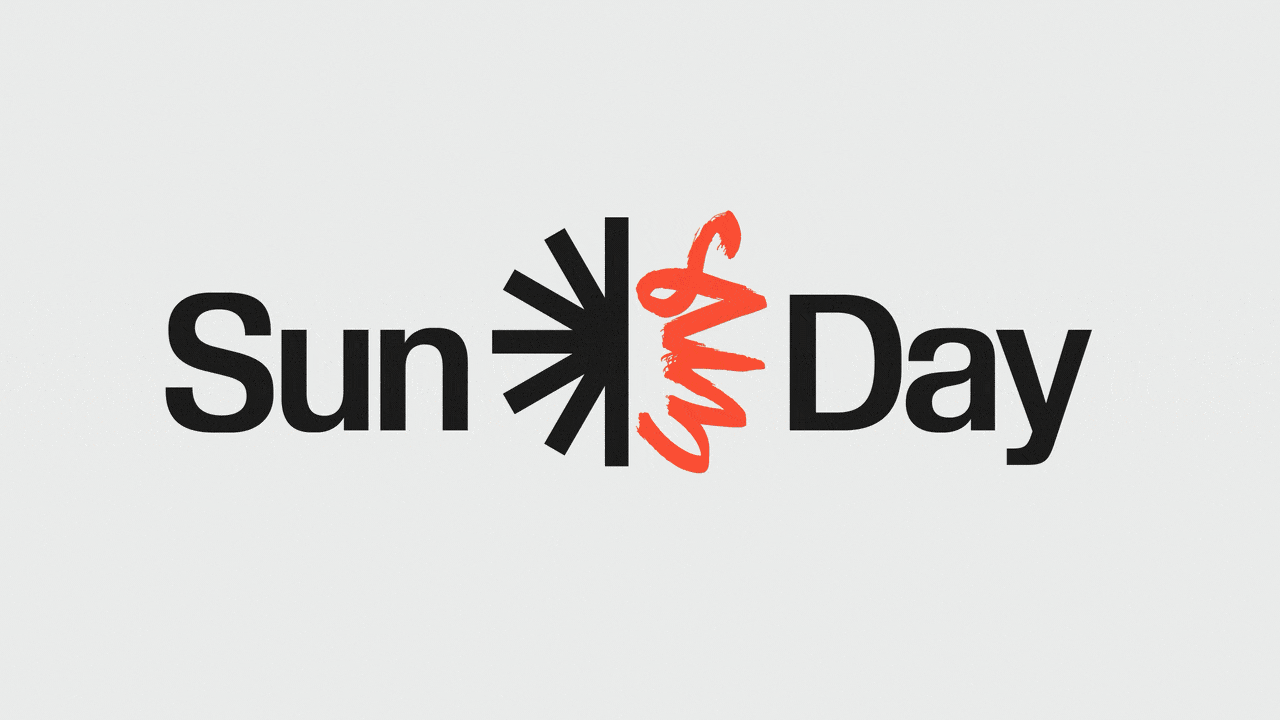Let’s be honest: Monetization today is broken. Most platforms are still stuck in a mindset that treats users like ATMs, squeezing every last drop of value through interruptive ads, upsells, and bait-and-switch tactics. It’s lazy, short-term thinking, and it’s killing loyalty, destroying brand equity, and stunting real growth.
Rewards platforms have long been dismissed as gimmicks. “Get a coffee for clicking here” or “watch an ad, earn a buck.” That’s a fundamental misunderstanding of their potential. Done right, shared-value ecosystems don’t just hand out perks. They flip the entire revenue model on its head. Giving more doesn’t erode profit. It fuels it.
Here’s our take: If your business model depends on user extraction rather than user empowerment, you’re on borrowed time.
Cynical ploys
We’ve seen what happens when platforms forget who they serve. Snapchat’s infamous redesign led to a $1.3 billion drop in market value overnight. Why? Because users smelled what it was: a cynical ploy to cram in more ads, regardless of the experience. The backlash wasn’t subtle. Over one million users signed a petition demanding a rollback. That wasn’t just a bad PR day. It was a warning shot.
Too many companies are chasing revenue at the cost of trust. They prioritize short-term results over long-term loyalty. In doing so, they erode the very foundation their business rests on. You don’t optimize your way out of that. You rethink the entire equation.
The Value Triangle
Enter the Value Triangle: a simple but radical framework that says platform monetization only works long-term when it delivers for everyone: the user, the advertiser, and the platform.
Platform value means delivering experiences, not just exposure. Spotify nailed this with Discover Weekly. No one asked for algorithmically generated playlists. But when they delivered billions of personalized streams without a single annoying ad, they proved that relevance beats interruption every time.
Advertiser value isn’t about reach. It’s about resonance. Duolingo integrates ads into study breaks so seamlessly they actually feel helpful. Users are primed, context is appropriate, and ROI improves. That’s what ads should feel like: additive, not disruptive.
User value is the ultimate unlock. Personalization, agency, and real benefits. Amazon Prime is the obvious example. People want to pay for something that gives them speed, convenience, and exclusive access. It’s not just a subscription. It’s a loyalty engine.
Put all three together and something incredible happens. Users want to stick around. Advertisers want to spend. Platforms don’t have to choose between growth and goodwill.
User declines don’t happen by accident. They are the natural outcome of data overreach, ad fatigue, and treating “engagement” as an end rather than a means. The lesson is clear: when you reduce people to targets instead of partners, they walk away—and they take their loyalty and their wallets with them.
Building for the future
The old playbook of extract first, apologize later is dead. Today’s users are smarter, savvier, and less tolerant of being exploited. Growth doesn’t come from outsmarting them. It comes from respecting them. Empowering them. Building with them, not on top of them.
The future is now. The choice is whether to build for it or cling to an outdated, crumbling model.
















Leave a comment